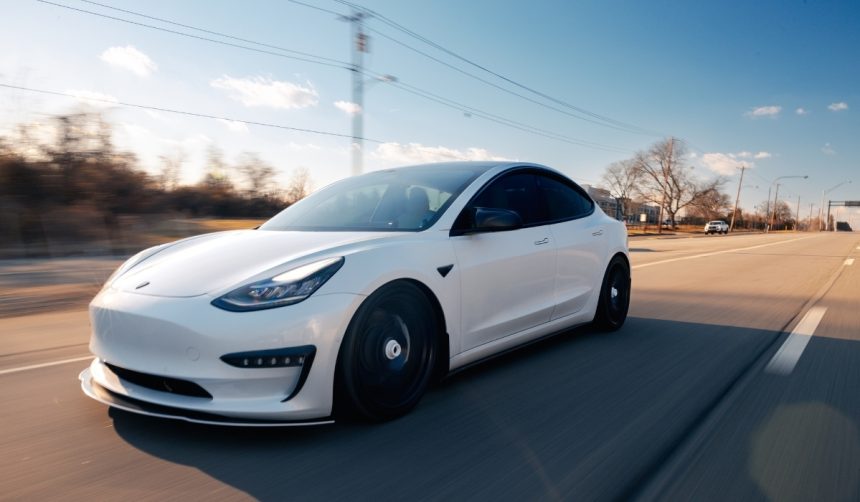Tesla’s decision to post a Senior Insurance Claims Specialist position for its Robotaxi program highlights a growing focus on operational readiness. As the company advances toward an autonomous future, preparations around risk management and insurance claims indicate that Tesla is addressing not just the technical, but also the logistical challenges of self-driving vehicles at scale. The job entails overseeing insurance and risk management efforts for both Tesla’s Robotaxi service and its ride-hailing platform, suggesting a comprehensive strategy that goes beyond safety validation. This move comes as the company continues to test Robotaxi operations in cities like Austin and the California Bay Area, where different safety protocols are in place depending on the location and route.
Initial Robotaxi-related roles posted by Tesla mainly sought vehicle operators and safety monitors, emphasizing real-world validation of autonomous systems. Earlier reports and discussions about expansion were largely focused on technical milestones, geofencing, and operational pilots in select cities. Only recently has Tesla added postings emphasizing risk and insurance, marking a tangible step toward preparing for broader public deployment and inevitable incident management. The addition of this new insurance-focused role demonstrates a readiness to assume expanded liability as Tesla edges closer to launching its Cybercab and fully autonomous vehicles.
What Does the New Job Posting Entail?
According to Tesla, the Senior Insurance Claims Specialist will handle all corporate insurance and risk mitigation, and will play a lead role in robotaxi and ride-hailing accident case management. The job description notes direct involvement in the incident reporting process, coordinating claims related to autonomous operations. The company’s approach includes both the upcoming Cybercab release and current Full Self-Driving systems used by customers. Tesla commented:
“The role requires managing claims for autonomous incidents, ensuring our risk management processes meet regulatory expectations.”
The inclusion of this role signals a maturing strategy as operations move toward regulatory and commercial integration.
How Are Robotaxi Operations Structured Now?
Current deployments in Austin, Texas, see many rides operating without a safety driver, except on freeway routes that mandate a monitor behind the wheel. In California’s Bay Area, every Robotaxi ride always has someone in the driver’s seat, reflecting differences in local policies and regulatory acceptance. Both the Cybercab and Robotaxi initiative are designed to adapt as regulations evolve, and these pilot programs are observed closely for safety and reliability. These tests provide data for both technical improvement and risk assessment, as Tesla explores broader autonomous deployment. Tesla summarized its direction:
“We anticipate a shift in insurance responsibilities as autonomy becomes more widely adopted in our vehicles.”
Is Full Autonomy and Liability Near?
Tesla’s plans to launch Cybercab production without steering wheels in 2025 represent a step toward vehicles with no human intervention. Preparing the insurance infrastructure ahead of this timeline underscores readiness for broader responsibility and customer-facing operations. The job posting has fueled speculation that Tesla’s confidence in reaching full autonomy is increasing, even as regulatory and technological challenges remain. This development also sets groundwork for greater transparency and accountability when handling incidents involving autonomous vehicles.
Shifting from a focus on technical validation and geographic expansion, Tesla’s addition of a senior insurance claims handler reflects rising confidence and preparedness for regulatory compliance and public adoption of their autonomous vehicles. Contrasted with earlier periods in which safety drivers were more prominent and insurance detail was minimal, the current strategy encompasses operational, legal, and financial dimensions. As autonomous vehicle technology matures, industry scrutiny intensifies around how companies will handle liability and insurance—especially as they move beyond pilot programs to full commercial rollouts. For readers considering innovation in autonomous vehicle services, this development highlights the multi-dimensional preparation required. Companies must not only solve technology challenges but also anticipate the regulatory, legal, and consumer protection frameworks that will ultimately define market success.








